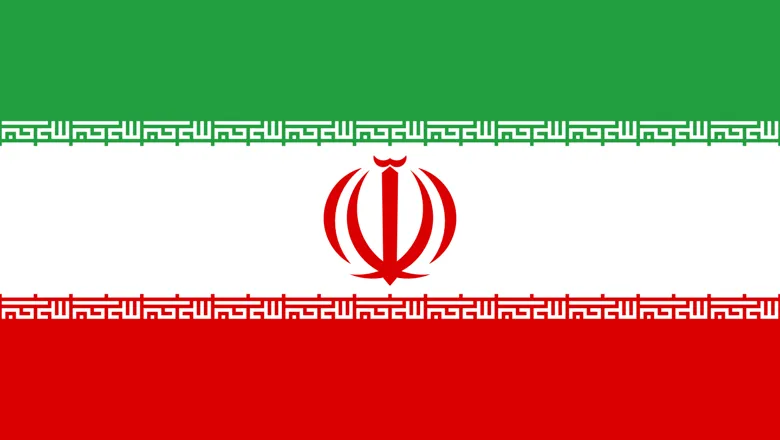16 January 2016
Implementation day for the Iran nuclear deal
On the 16th January, Iran and the E3+3, also referred to as the P5+1 (China, France, Russia, the United Kingdom, the United States and Germany) announced the official implementation of the Joint Comprehensive Plan of Action (JCPOA), so marking an important step in the negotiations on Iran’s nuclear programme in exchange for relief from sanctions.

A joint statement issued by Iran’s foreign minister, Mohammad Javad Zarif, and the EU foreign policy chief, Federica Mogherini, announced:
“Today, we have reached Implementation Day of the Joint Comprehensive Plan of Action (JCPOA). Ever since Adoption Day, we worked hard and showed mutual commitment and collective will to finally bring the JCPOA to implementation. Today, six months after finalisation of the historic deal, the International Atomic Energy Agency (IAEA) has verified that Iran has implemented its nuclear related commitments under the JCPOA.”
The nuclear deal, which was signed in July 2015 between Iran and world powers, stipulates a 25-year long plan aimed at curbing Iran’s nuclear capabilities, including the dismantling of a large number of its centrifuges for uranium enrichment, scaling back its stockpile of low-enriched uranium and filling parts of its Arak nuclear reactor with cement.
More specifically, under its commitments to the JCPOA, Iran is obliged to:
- Reduce its centrifuges by two thirds. It will still be permitted to operate up to 5,060 first generation centrifuges for 10 years at its Natanz plant. It will cap its level of uranium enrichment at 3.67 percent, well below the 90 percent level needed for bomb-grade material;
- Fill its Arak heavy water reactor with cement so that it may only be used for ‘peaceful nuclear research’ for the production of non-weapon grade plutonium;
- Reduce its enriched uranium stockpile from around 10,000 kg (22000 lb) to 300 kg (660 lb) for 15 years.
- Convert its 1,044 first-generation centrifuges at its underground Fordow enrichment plant into a nuclear, physics and technology centre.
Under the deal, Iran will be allowed to continue conducting enrichment research and development – without accumulating enriched uranium – including work with certain types of advanced centrifuges.
On 16th Janauary, International Atomic Energy Agency (IAEA) inspectors on the ground in Iran deemed these obligations to have been fulfilled, thus reaching an end to a 12-year investigation of Tehran’s past nuclear activities and entering a new phase of the JCPOA – implementation.
Legislation mapping out the landscape which will apply after Implementation Day was published by the European Union and the United States on 18 October 2015.
A breakdown of the relaxation of sanctions is as follows:
U.S.
- A number of contingent waivers released by the U.S. State Department suspend nuclear-related secondary sanctions – applicable only to non-US persons – against Iran;
- With regard to U.S. primary sanctions, US persons who obtain a licence from the Treasury’s Office of Foreign Assets Control (OFAC) will be allowed to sell commercial passenger aircraft and spare parts and components for such aircraft, along with associated services to Iran;
- Provision by US persons of related underwriting services, insurance or reinsurance will also be allowed.
EU
– In line with its de-listing obligation under the JCPOA, the EU will substantially reduce its list of asset freeze targets from 93 individuals and 467 entities (in 23 October 2015) to 29 individuals and 94 entities. This will include Iranian banks – although EU financial institutions will still be prohibited from supplying SWIFT services to Bank Saderat, Ansar Bank and Mehr Bank until Transition Day. The remaining asset freeze targets to be de-listed by the EU on Transition Day in 2023;
– The following transactions will be allowed for EU companies:
- the supply to Iran of key equipment and technologies for the Iranian oil and gas industries;
- the supply to Iran of key naval equipment or technology;
- the purchase, import or transport of crude oil, petroleum products, petrochemical products and natural gas of Iranian origin;
- the supply to Iran or purchase from Iran of gold, precious metals and diamonds;
- the supply to Iran of Iranian banknotes and minted coinage’;
- investment in the Iranian oil, gas and petrochemical industry;
- transfers of funds to and from Iranian persons, entities or bodies without the need for prior notification or authorisation;
- transactions with Iranian banks;
- purchase or sale of Iranian public or public-guaranteed bonds;
- provision of insurance and re-insurance to Iran, its government and public bodies, and Iranian companies;
- provision of services to Iranian flagged vessels;
- provisions of vessels for the transportation and storage of Iranian oil and petrochemical products.
- The following restrictions will remain in place:
- the transportation of goods covered by the EU Common Military list, Missile Technology Control Regime List, the Nuclear Suppliers Group List, or other items that could contribute to reprocessing or enrichment-related or heavy water-related activities and prohibited supplies of graphite, raw and semi-finished metals;
- the supply of software designed specifically for use in Iran’s nuclear or military industries will require prior authorisation;
- the supply to Iran of graphite, raw and semi-finished metals will require prior authorisation.
All U.N. sanctions resolutions passed between 2006 and 2010 will be terminated. However, a new resolution adopted on July 20 carries over some U.N. restrictions.
